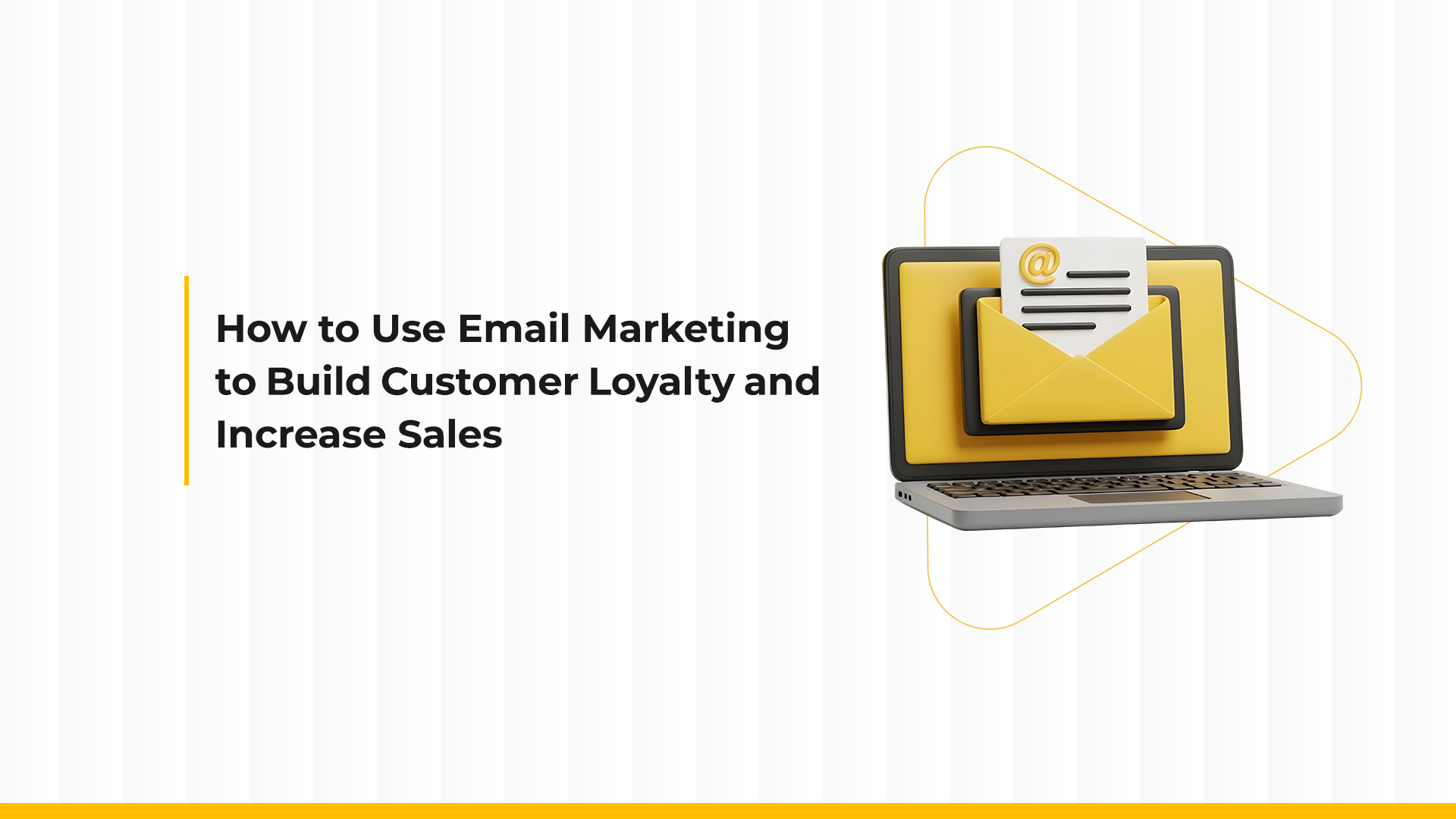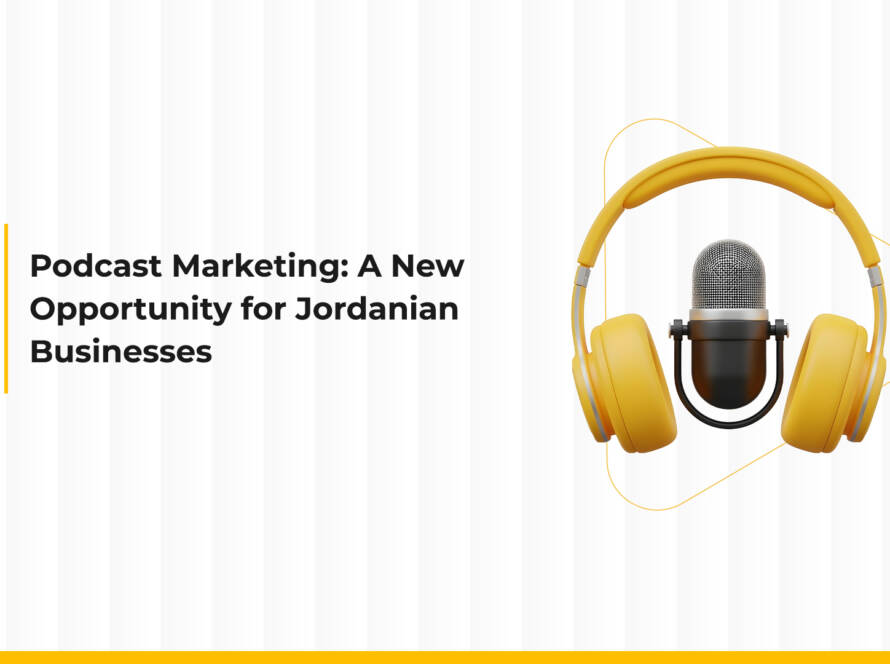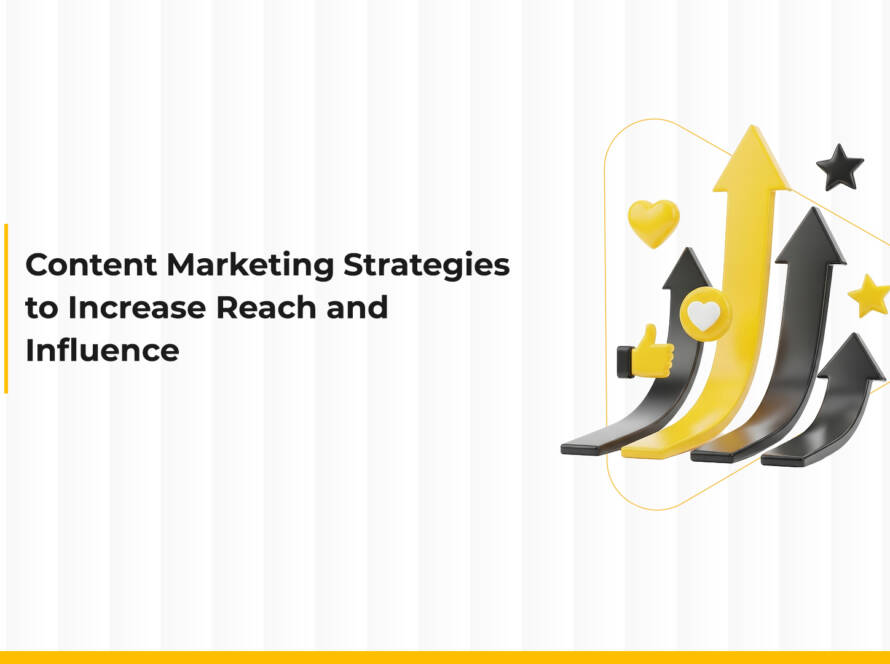In the era of digital marketing, email marketing remains one of the most effective tools for building long-term relationships with customers and driving sales growth. Despite the rise of social media, email holds a unique advantage: privacy. When a contact gives you their email address, they’re offering a personal space for communication—an opportunity that should not be wasted.
In this article, we’ll explain how to use email campaigns and properly crafted messages to transform your emails from mere promotions into a means of building loyalty and boosting profits.
1. Why Is Email Marketing Important?
Because it is direct, personalized, and lands in the customer’s inbox, not in a flood of repetitive posts. Statistics show that for every $1 spent on email marketing, the average return is $36. That alone makes it a top-priority channel.
But success doesn’t come from sending emails alone. It lies in understanding your audience and using smart marketing strategies to build trust and deliver real value.
2. The Basics of Building Customer Loyalty Through Email
Customer loyalty doesn’t happen with a single message. It’s the result of an accumulated experience—and email is a key tool for shaping that experience. Here’s how:
A) Don’t Sell Immediately… Offer Value First
Most people open emails when they believe they contain something useful. Think of newsletters with tips, exclusive info, early discounts, or educational content.
Example: If you sell fitness equipment, send a series of emails with at-home workouts, healthy nutrition tips, and performance tracking advice. Make the customer feel you’re helping them—not just selling.
B) Personalization Is Key to Loyalty
Use the customer’s name and be aware of their behavior. If they purchased a specific product, follow up with a message on how to use it, or an offer for a complementary item. The more personalized your emails, the more the customer feels understood.
C) Maintain the Right Frequency
Too many emails are annoying, but being absent for too long causes you to be forgotten. Maintain a regular schedule (e.g., once a week or biweekly) and set expectations clearly from the start.
3. Effective Email Marketing Strategies
To succeed in email marketing, you need a plan. Here are strategies to boost your campaign’s effectiveness:
A) List Segmentation
Not all customers are the same. Segment them based on purchase behavior, interests, age, or location. Then, craft emails tailored to each group.
Example: A new customer needs a welcome and onboarding series. A long-time customer might appreciate a reminder of new arrivals.
B) Use Email Automation
This is a powerful feature. Set up automated series that are triggered by specific actions, like:
- A welcome email after signing up
- A reminder for an abandoned cart
- A “We miss you” email after a period of inactivity
Automation delivers a personalized experience without constant manual effort.
C) A/B Testing
Don’t rely on guesswork. Test different elements: subject lines, send times, product images, or message length. You’ll discover what truly works and improve your results.
4. Email Design and Optimization
The success of an email depends not just on content but also on its format and presentation:
A) Make the Subject Line Attractive
The subject line is the first thing your recipient sees. If it’s not engaging, the email won’t be opened. Make it clear, intriguing, and perhaps include a deal or a question.
Example: “Do you know this trick to save 30% of your workout time?”
B) Keep Content Short and Well-Organized
People don’t read long emails. Use short paragraphs, subheadings, and appealing images. Add a clear call-to-action (CTA) such as “Get the Offer Now” or “Learn More.”
C) Mobile Optimization
Over 60% of users open emails on their phones. Ensure your design is responsive and that buttons are clear and easy to tap.
5. Building Trust and Turning Customers into Brand Ambassadors
Once you maintain regular contact with a customer, you can convert them from a buyer into a loyal supporter of your brand:
A) Ask for Their Feedback
Send short surveys or request product reviews. Make the customer feel their opinion matters. This increases engagement and shows you care about their experience.
B) Referral and Loyalty Programs
Offer rewards to customers who share your products with friends—like 10% off for each successful referral or points that can be redeemed for discounts. This strategy turns your customer into a channel for new customer acquisition.
C) Seasonal and Personalized Messages
Send birthday greetings or special offers on their registration anniversary. These small touches create a human connection and differentiate you from robotic companies.
6. Measure Performance and Improve Results
Every email campaign should be measured. Track key metrics like:
- Open rate
- Click-through rate
- Conversion rate
- Unsubscribe rate
If open rates are low, your subject lines may need improvement. If click rates are poor, maybe your CTA isn’t clear enough. Constant analysis helps you improve and deliver more effective campaigns.
Email marketing is not just a tool to boost sales—it’s a channel for building long-term relationships. When used wisely and grounded in data and human behavior insights, email becomes a powerful asset for driving customer loyalty, increasing profits, and making your brand part of your audience’s everyday life.
Start small: offer value, segment your audience, craft attractive emails, and stay consistent without being intrusive. Remember: loyalty isn’t bought—it’s built through trust, clarity, and respect.





